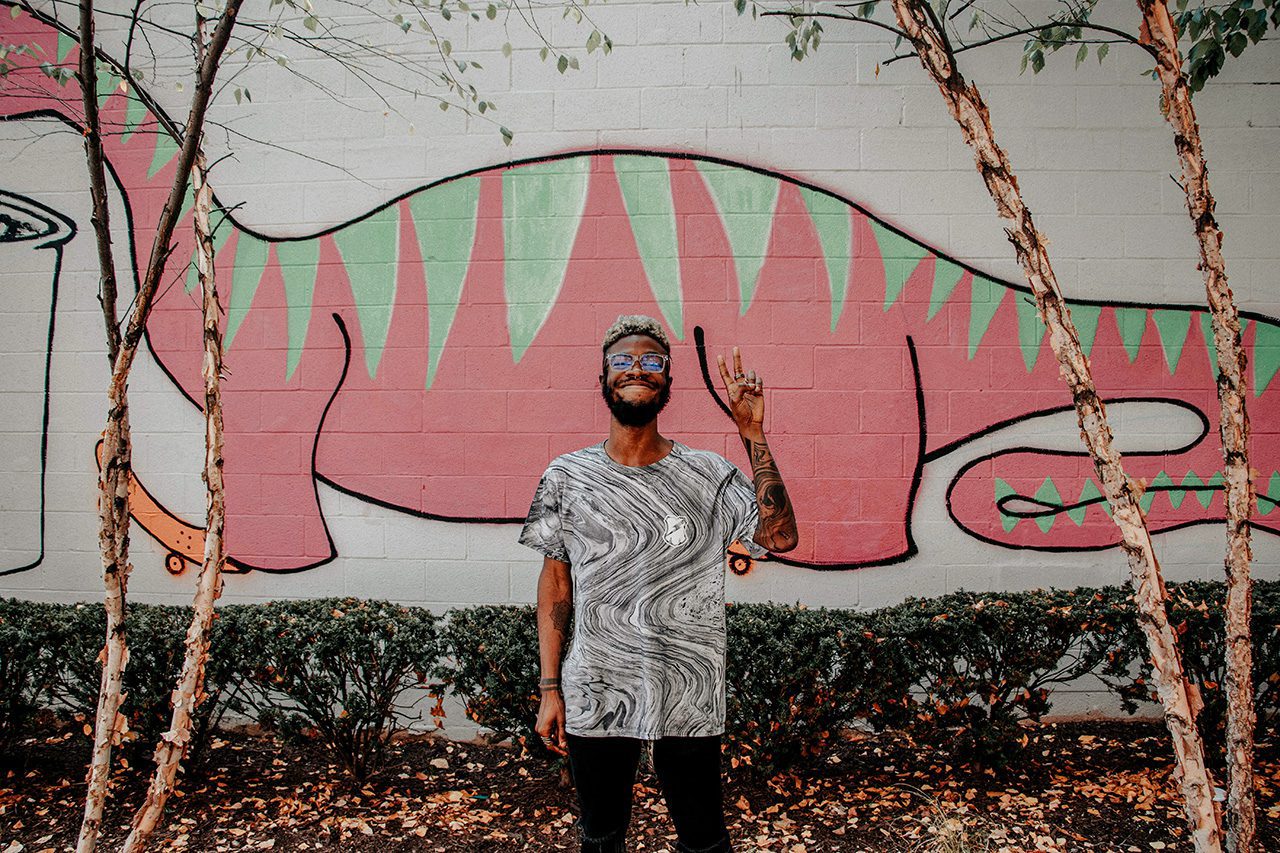The Algorithmic Classroom
South Korea’s ambitious experiment with AI in classrooms holds lessons for the world

Within the impact space, we’ve been speaking and writing about “two-pocket thinking” for years: the idea, perhaps not surprisingly attributed most often as having originated with the Nobel Prize-winning economist Milton Friedman (also godfather of shareholder capitalism), that the social responsibility of business is to increase profits, and we take care of society with what’s left over. But this idea that financial capital carries a binary purpose – maximize profits on one hand and (maybe, once you’ve come to the end of your earning years, and only in small measure) give away some on the other – is a fallacy with devastating consequences. There is simply not enough charitable money available and not enough time to wait to solve all the world’s problems, or even to counter all the negative effects and outcomes that the other “pocket” has produced and continues to produce.
I often say that almost nothing in this world is binary, and this fallacy of financial thinking is a perfect example. Two of my favorite impact investing stewards, Cory Donovan and Ryan Bowers, have spoken eloquently (and regularly) on this topic. Unfortunately, it shows up not only with respect to money but so much else: corporate business versus social responsibility; operating business versus treasury or grants versus corpus; even professional versus personal lives. It’s worth exploring each of those false dichotomies a bit further.
I’ve spent my career working to break down silos between functions, business units, sectors, geographies, and more. One of the more persistent disconnects that many institutions still carry is the view that “corporate social responsibility” (CSR) is something separate from the operating business of the company. For years, companies issued a CSR report that was completely separate from their annual reports. Even in the most mature companies in the most mature industries – my personal experience is with multinational financial institutions – the work to compile data and stories from across the company’s operations for use in the CSR report was highly manual, lacking in precision, and most certainly an afterthought rather than a cohesive part of the company’s business. Thankfully, more companies have moved to an integrated annual report, but that doesn’t necessarily mean that the company’s social impact is integrated into its operating mindset.
The work to compile data and stories from across the company’s operations for use in the CSR report was highly manual, lacking in precision… an afterthought rather than a cohesive part of the company’s business.
? Does the company’s foundation make grants to nonprofits chipping away at social issues that the company’s products and services exacerbate? Think, for example, about a fossil fuel company donating to communities recovering from natural disasters that resulted from the effects of climate change.
? Is the company purchasing from vendors that are exploiting the very customers the company purports to serve? Think, for example, of a grocery store operating in what otherwise would be a food desert, buying its food from farms exploiting child labor in rural communities.
? Does the company make an environmentally-friendly product while its treasury assets (money invested for its own account, representing reserves or awaiting deployment) are invested in funds holding non-recyclable plastics producers?

It’s these potential disconnects that reflect not only a CSR risk – or an ESG (environmental, social, governance) risk, however you may think about or espouse/despise the ESG framing – but a very stark set of long-term financial and reputational challenges for a company that isn’t intentional or even aware of its choices on these various layers of its impact. These disconnects will eventually come home to roost, so to speak, whether via customer rebellion, regulatory restrictions, shareholder or employee exodus, or some or all of the above.
You might be particularly surprised by the number of large foundations and advocacy organizations that have never even asked the question of their investment advisor or finance committee about alignment of their investments with their programmatic focus.
? Is the non-profit working towards criminal justice reform investing in municipal bonds that fund the construction of private prisons?
? Is the foundation supporting global health access investing in pharmaceutical companies charging exorbitant fees for their medications or restricting access to developed countries?
? Is the financial access and mobility fund holding its savings in only the largest institutions (as opposed to a local credit union or community development financial institution that lends to support local economic inclusion)?

These examples may seem extreme, and certainly they’re crafted with a negative lens. Now what if we presume positive intent? What are the myriad ways in which an entity can actively choose to have positive, aligned impact?
? Of course, we typically start with the company’s products and services – what is it here for? (There is one beautiful outlier to that general rule: Greyston Bakery, an exemplary B Corp in Yonkers, New York that by its own words doesn’t “hire people to bake brownies. We bake brownies to hire people.”) Are those products and services producing a positive impact on people and/or planet?
? Who is the company buying its raw materials from in order to deliver those products and services? What are the impacts of those vendors on people and planet?
? Who does the company hire – not only its direct employees but those to which it outsources work or the independent contractors it hires – to conceive, create, produce, deliver, and sell its products and services?
? How does the company pay and otherwise treat its employees? Do its employees have an ownership stake in the company?
? How and where are the company’s assets invested? If its employees have a retirement or profit-sharing program, what investment opportunities does it provide to its employees within those programs?
? How does the company interact with its communities? What volunteering, pro bono, training and workforce development, and board service roles do its employees play? How does the company contribute financially in its communities?
What other questions, what other layers of potential impact, should we be asking each time we make a decision to buy from, work for, invest in, or otherwise support an organization?
Let’s finally kill off two-pocket thinking. Wherever it comes up in your world, challenge it.
Searching for alignment in impact and outcomes is not exclusive to institutions. Even before the Covid-19 pandemic and its resetting dynamic, individuals from high school and college graduates to “third act” professionals approaching what used to be retirement age were asking themselves whether they were having enough impact on the world to feel satisfied in their pursuits, whether they were applying their skills in a manner consistent with their personal beliefs. Here too we often fall into two-pocket thinking: that we must make as much money as possible through our work lives to eventually retire and do as much good as possible or spend our time at last in a way that feels aligned on all levels with our values.
Just as with financial capital, we cannot wait to drive this alignment. We cannot continue to contribute to work that destroys, disregards, or devalues others, and we don’t have to sacrifice personal and family sustainability in order to choose a different path. It’s not social justice or institutional capitalism; it’s not work extraction then retirement contribution; and it’s certainly not work then life. That’s the least mentally, physically, and spiritually sustainable disconnect of them all.
Let’s finally kill off two-pocket thinking. Wherever it comes up in your world, challenge it. In reality, what is the spectrum of pathways you can choose? How can you intentionally create or identify the greatest possible alignment across institutions and activities? Start somewhere. Start now.
Related Content
Comments
Deep Dives

Featuring
Clarisse Awamengwi
IE Correspondent
July 17 - 12:00 PM EST

Featuring
Russell McLeod
July 24 - 12:00 PM EST
RECENT
Editor's Picks
Webinars
News & Events
Subscribe to our newsletter to receive updates about new Magazine content and upcoming webinars, deep dives, and events.
Become a Premium Member to access the full library of webinars and deep dives, exclusive membership portal, member directory, message board, and curated live chats.
At Impact Entrepreneur, we champion fearless, independent journalism and education, spotlighting the inspiring changemakers building the Impact Economy. Diversity, equity, sustainability, and democracy face unprecedented threats from misinformation, powerful interests, and systemic inequities.
We believe a sustainable and equitable future is possible—but we can't achieve it without your help. Our independent voice depends entirely on support from changemakers like you.
Please step up today. Your donation—no matter the size—ensures we continue delivering impactful journalism and education that push boundaries and hold power accountable.
Join us in protecting what truly matters. It only takes a minute to make a real difference.
0 Comments